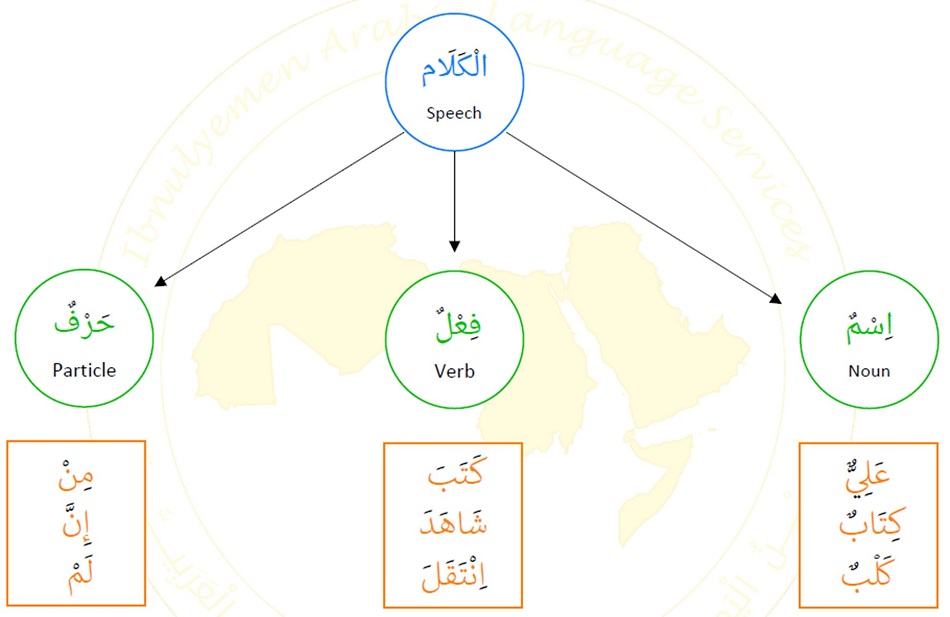The person behind the beginnings/inception of Arabic grammar was Imam Ali ben Abi Talib الْإِمَامُ عَلِيٌّ بِنْ أَبِي طَالِب, the cousin of Prophet Mohammed (PBUH) and his son in-law. He wrote the first rules that governed people's speech. Then he passed it on to Abu al-Aswad Dalim ben Amr ben Sufyan al-Duu’ali who was his companion and was famous for his love for the Imam and his household.
Once Abu al-Aswad called on Imam Ali, and he found him writing on a patch of leather. He asked the Imam about what he was writing. The Imam told him that he had been pondering over the speech of the masses. He said that their speech was error-ridden because of the influx of non-Arabs into Islam. He explained that Arabs' speech was marked by inaccuracies and mispronunciation due to mingling with non-Arabs. Therefore, he intended to establish a rule system that would govern their speech and be available as a reference whenever confusion over the correct usage arose.

The Imam handed what he had written to Abu al-Aswad. It read: ‘speech, the entire speech, is a noun, a verb, and a particle. The noun is what names a thing. The verb is what tells about a noun. The particle is what adds to the meaning of both.’ The Imam further explained to Abu al-Aswad that the noun is substantive, implicit, or ambiguous. The substantive (i.e., of a substance) is a name of person, a place, or a thing. The implicit is an overt or covert pronoun. The ambiguous is what has multiple meanings.
The Imam then told Abu al-Aswad to follow his prescriptive procedure, using the Arabic sentence: اِنْحُ هَذَا النَّحْو ‘inHu hathaa al-naHw’. For this reason, the grammar of Arabic is called نَحْو naHw. Abu al-Aswad started classifying the rules of grammar in chapters. Every time he completed a chapter, he went to Imam Ali to consult him on the content.
Upon completing his manuscript that included a considerable volume of grammar rules, he initiated a regular instructional symposium which was open to whomever wished to learn about the rules of Arabic grammar. When Abu al-Aswad died, Maimoon al-Aqran and ‘anbasah al-Feil, who were students of his, continued his work.